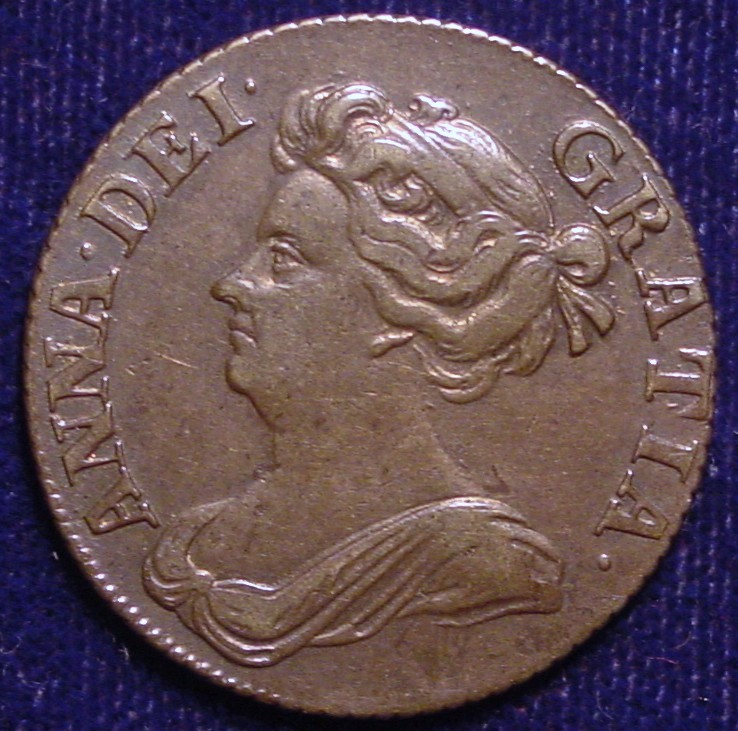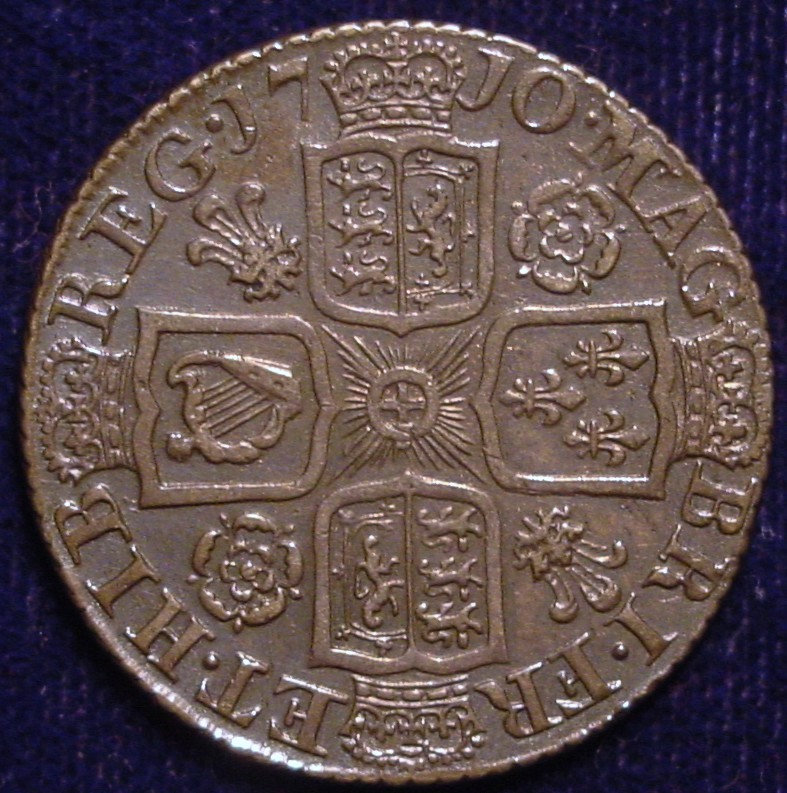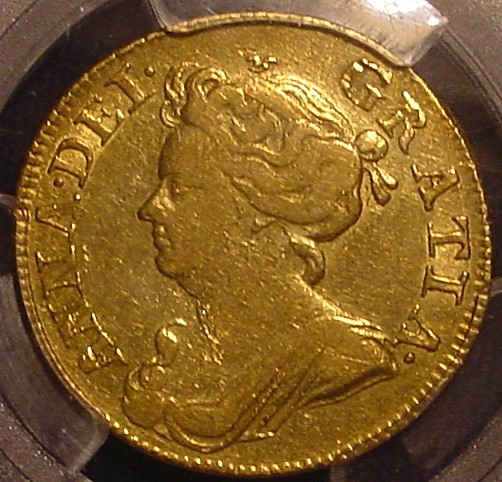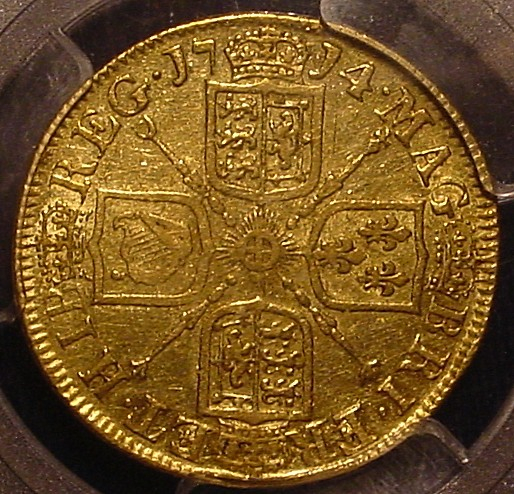British Queens "Bullet Book," Queen Anne, 1702 - 1714


Queen Anne Shilling


Queen Anne Guinea
*Queen Anne was the daughter of James II and his first wife Anne Hyde. She was the younger sister of Mary who had been married to William of Orange.
• No one thought that Anne would be queen. She was not trained or educated for the position, but she did have a good public speaking voice, which helped her command some authority.
• Anne established a friendship with Sarah Jennings who would later marry John Churchill. This relationship would be important to Anne’s ability to rule. Queen Mary disliked the Churchills because she viewed them as overly ambitious and unscrupulous, but Anne continued to maintain the relationship even after John was dismissed for insubordination in 1692 for not obeying one of William of Orange’s Dutch military commanders.
• Anne, through an arranged marriage, wed Prince George of Denmark. Anne appointed Sarah Churchill to be her personal attendant which kept their relationship going.
• Anne was very heavy and suffered from gout. She could barely walk and frequently had to be carried in a chair when she was in her late 30s. At her coronation, she had to be carried to the ceremony.
• Anne had at least 15 pregnancies and was only able to give birth to three children. Her oldest surviving son died when he was 12. Therefore she had no heirs to the crown. We now know that overweight women have a very difficult time bearing children, but that was not known in Anne’s time.
• Knowing that William of Orange and Anne had no heirs, Parliament passed the Act of Settlement in 1701. Assuming that Anne would not produce an heir, the crown was set to pass to the Protestant House of Hanover (of Germany) after Anne’s death.
• The deposed king, Charles II and his son, were living in exile in France. They were always in the wings, looking to regain power, with French help, if Anne faltered.
• France, under Louis XIV, was a formidable foe. King Carlos II of Spain was mentally and physically handicapped. When he died childless in 1700, there was a question of who would succeed him. Louis XIV’s son, the Dauphin of France, who was also named Louis, had a claim to the Spanish Throne.
• Although the Spanish Empire had been in decline for over a century, it still held extensive colonial possessions through out the world. If France gained to control of that empire, it posed a grave threat to the British.
• The War of Spanish Succession was fought during the first decade of the 1700s. The supreme British commander was John Churchill, Sarah’s husband, who had been elevated to the Duke of Marlborough. Marlborough was a brilliant military leader, some say England’s greatest military commander. He won significant victories over the French, but the war dragged on with both sides taking dreadful causalities. France was ready to make peace in 1708, but the terms were so severe that Louis XIV could not accept them. Therefore the battles continued. Peace would not come until the Treaties of Utrecht were signed in 1713. The treaty gave England parts of Canada.
• Domestic problems erupted when the Scotts demanded to have the right to trade on equal footing with the English. That opened up the possibility for the Scotts to trade with the American colonies. They objected to Act of Settlement and opened the door for Charles Francis Stuart (son of James II, nicknamed “The Old Pretender”) to become their king. Ultimately a settlement was reached and Scotland united with England.
• In 1711, toward the end of the wars with France, Sarah Churchill and her husband, the Duke of Marlborough, allowed their hubris to trump their good deeds. Sarah tried to push her views on Anne, at one point making their differences public. Anne acted by appointing new peers to the House of Lords thereby gaining approval for the Treaties of Utrecht. The Churchills were removed from their posts.
• Queen Anne died August 1, 1714. Her death ended the rule of the House of Stuart and opened the door for the German House of Hanover.
Comments
• Queen Anne died August 1, 1714. Her death ended the rule of the House of Stuart and opened the door for the German House of Hanover.
Curiously Sophia of Hanover was the heir to the throne because of the Act of Settlement of 1701 which proscribed as she was descended through James I she had the best claim to the British throne. She died two months before Queen Anne did, however had she outlived Anne she would have ascended the throne at the incredible age of 83 years old. As it was her eldest son George became king at age 54 years.
Great thread as always!
My YouTube Channel